RPI researchers develop safe, long-cycling Li-metal rechargeable battery electrode; demonstrate Li-carbon battery
Green Car Congress
APRIL 27, 2014
Capacity and coulombic efficiency versus cycle index of Li-PGN cathodes at a rate of ~1C. O 2 and Li 3 V 1.98 Researchers at Rensselaer Polytechnic Institute have developed a safe, extended cycling lithium-metal electrode for rechargeable Li-ion batteries by entrapping lithium metal within a porous graphene network (Li-PGN).






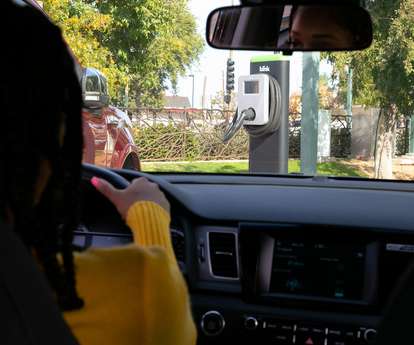


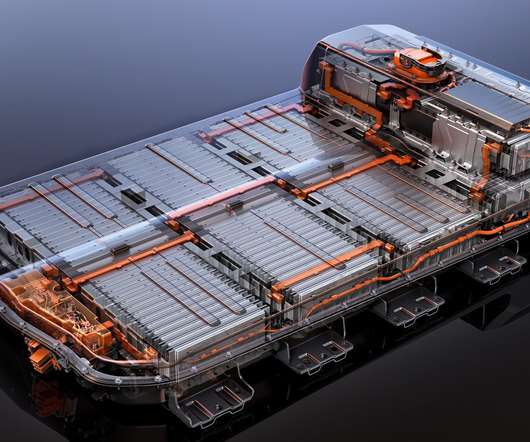

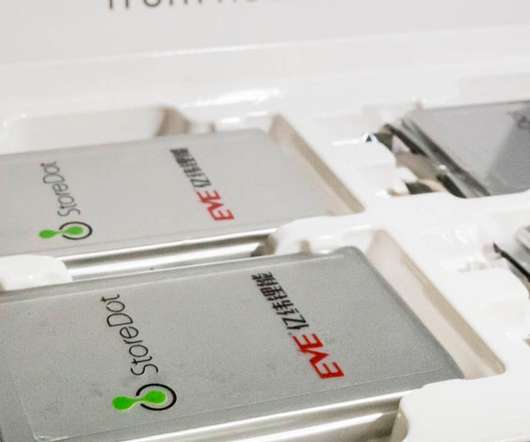
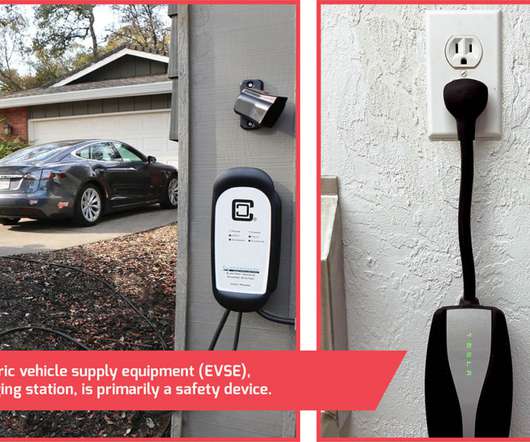
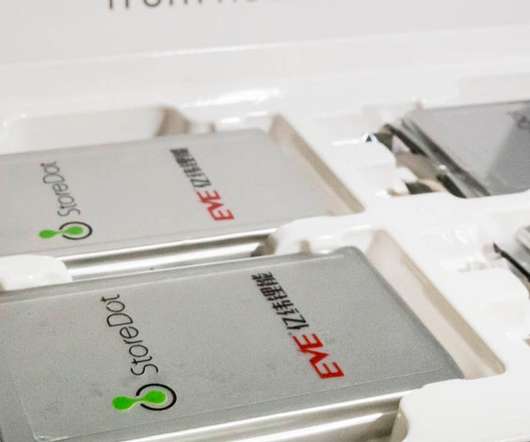








Let's personalize your content